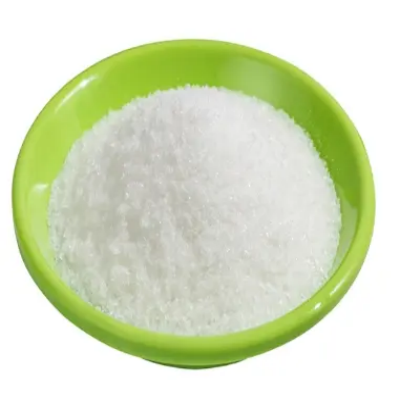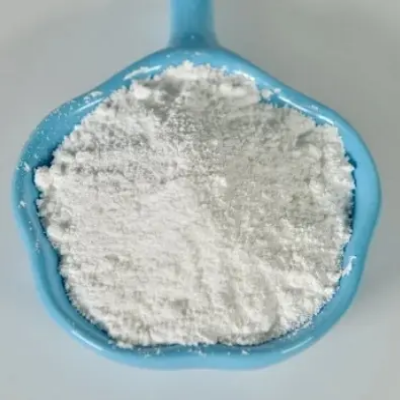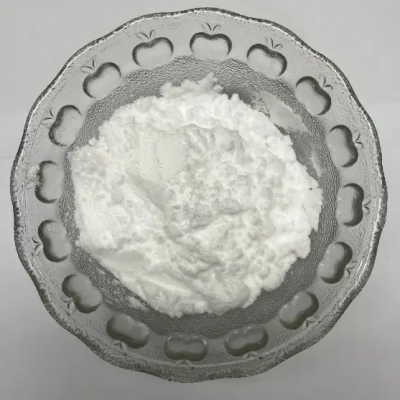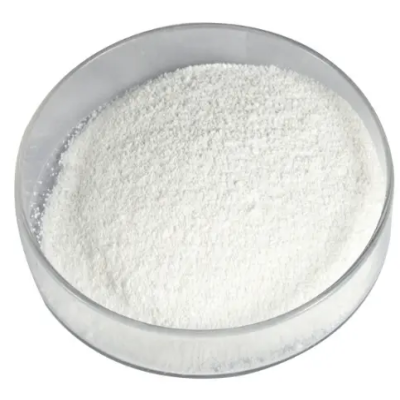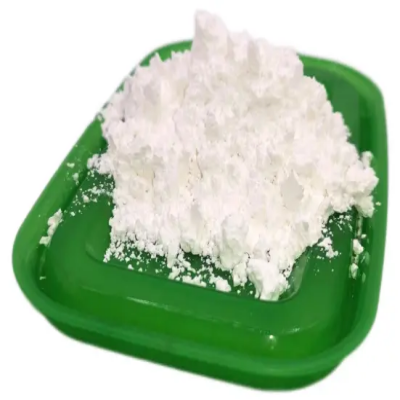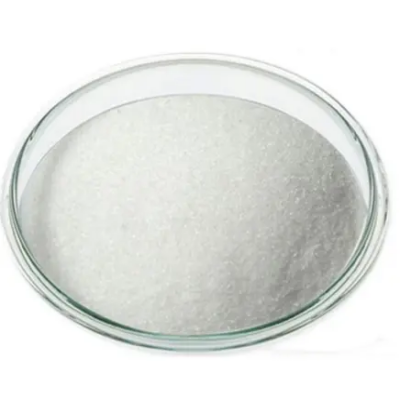2-({(5S)-2-oxo-3-[4-(3-oxomorpholin-4-yl)phenyl]-1,3-oxazolidin-5-yl}methyl)-1H-isoindole-1,3(2H)-dione CAS:446292-08-6
Attached to the isoindole core, a methylene (-CH2-) bridge connects the oxazolidin-5-yl ring to the rest of the molecule. This bridge not only provides a linkage but also influences the overall shape and flexibility of the molecule. The 3-position of the isoindole is substituted with a 4-(3-oxomorpholin-4-yl)phenyl group, where the morpholine ring is connected to the phenyl through an oxo group, introducing a heterocyclic element to the aromatic ring. This substituent not only adds to the molecular weight but also introduces additional points of potential interaction with biological targets. The presence of the oxomorpholin-4-yl group on the phenyl ring suggests that the compound could interact with biological systems through hydrogen bonding and other non-covalent interactions. The oxazolidin-5-yl ring, with its oxygen atom, is also capable of engaging in hydrogen bonding, which can be crucial for the compound's binding affinity and selectivity. The compound's isoindole core, with its keto and amide functionalities, is likely to be involved in hydrogen bonding and other intermolecular interactions, contributing to its overall stability and biological activity. The presence of these functional groups also makes the compound a potential candidate for further modification and optimization in drug design. In summary, 2-({(5S)-2-oxo-3-[4-(3-oxomorpholin-4-yl)phenyl]-1,3-oxazolidin-5-yl}methyl)-1H-isoindole-1,3(2H)-dione is a highly functionalized heterocyclic compound with potential applications in medicinal chemistry due to its complex structure and the presence of various functional groups that offer potential for biological activity and synthetic utility.



| Composition | 446292-08-6 |
| Assay | 99% |
| Appearance | white powder |
| CAS No. | 446292-08-6 |
| Packing | Small and bulk |
| Shelf Life | 2 years |
| Storage | Store in cool and dry area |
| Certification | ISO. |


![2-({(5S)-2-oxo-3-[4-(3-oxomorpholin-4-yl)phenyl]-1,3-oxazolidin-5-yl}methyl)-1H-isoindole-1,3(2H)-dione CAS:446292-08-6 Featured Image](https://cdn.globalso.com/xindaobiotech/8NS8DBIRAVXN0VCLT215.png)
![2-({(5S)-2-oxo-3-[4-(3-oxomorpholin-4-yl)phenyl]-1,3-oxazolidin-5-yl}methyl)-1H-isoindole-1,3(2H)-dione CAS:446292-08-6](https://cdn.globalso.com/xindaobiotech/8NS8DBIRAVXN0VCLT215-300x300.png)
